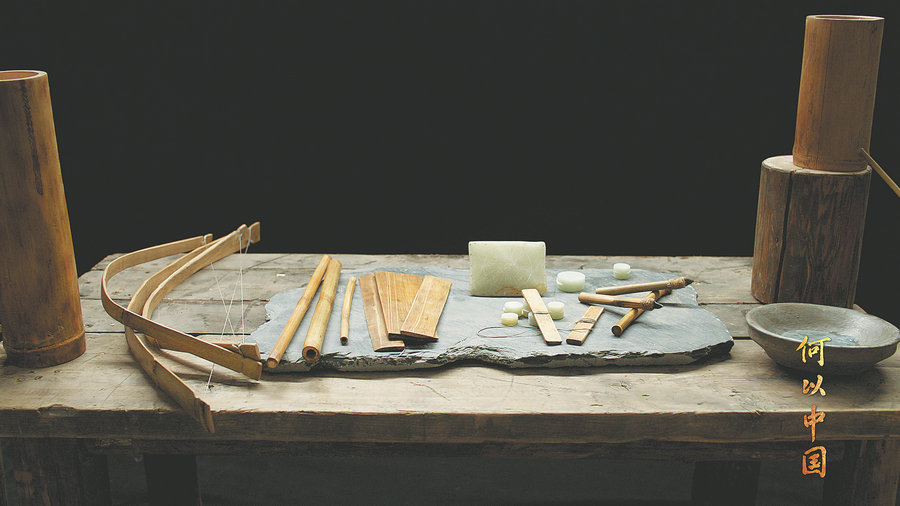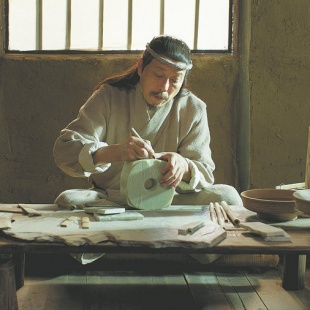Accessible documentary explores China before China


As the narration says, the documentary presents the way "people throughout history have made their efforts to live their lives".
Chief director Gan Chao says their aim was to depict the more specific social landscapes of our ancestors, but with a human touch that makes people on different rungs of the social ladder visible.
Drawing the specific details of history from piles of ancient documents, cultural relics and archaeological sites — as well as the inferred social evolution behind the artifacts — they have established an emotional connection with today's audience by telling individual stories, the director adds.
Apart from their well-organized and beautifully written narration, the series digs deep into the information contained in archaeological sites and cultural relics, on the basis of which they used digital technology to bring ancient architecture and cities back to life, and invited actors to re-create scenes of daily life and production, as well as feasts, ritual ceremonies and other scenarios.
The costumes and ornaments the characters wear, the tools, utensils and sacrificial offerings they use, as well as the ritual procedures they experience, are the fruit of rigorous, multidisciplinary research. All of this provides the audiences with a direct, visual idea of the long past.
"The findings from archaeological excavations and associated research are the foundation of accuracy, and yet, we have to create a sense of reality in the historical scenes for the audience to feel engaged with the ancient societies we've re-created," says Qin Ling, associate professor at Peking University's School of Archaeology and Museology, and chief academic producer of the documentary.
For example, in the fourth episode, the audience is able to see what Liangzhu may have looked like more than 5,000 years ago. The Archaeological Ruins of Liangzhu City, which is located in today's Hangzhou in Zhejiang province, was inscribed as a UNESCO World Heritage Site in 2019.





































